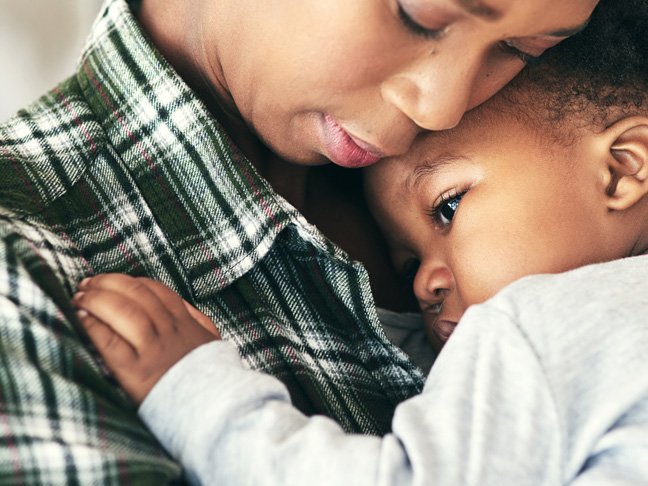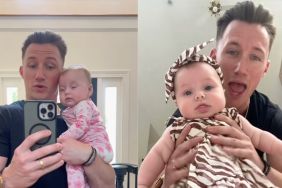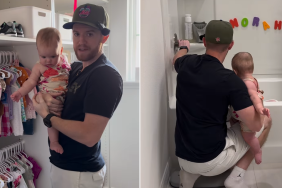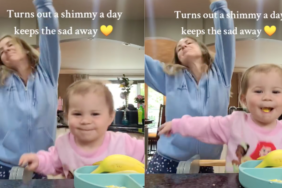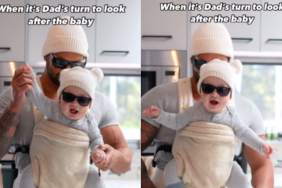I’ll never forget the day my son had a febrile seizure. His body jerked back for a second, and then he became stiff and started shaking. I turned him on his side, trying not to panic, and yelled to my husband that we needed to call 911. The next 8 minutes were a blur. I felt impotent.…

